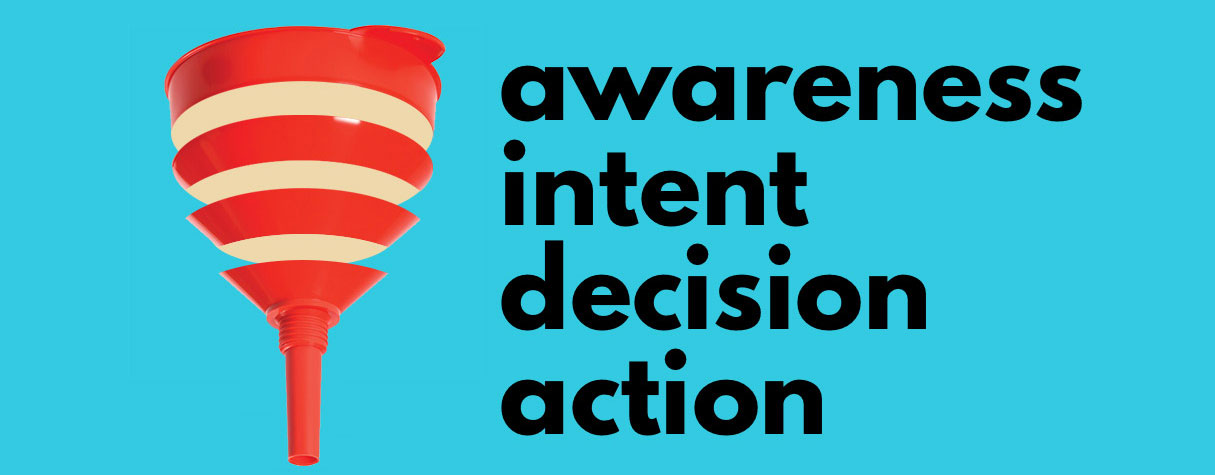Table Of Content

It's a Friday afternoon, and you're looking for an exciting new restaurant to try out.
There are a few different ways you could solve this problem.
First, you might Google "cool new restaurants in my city". But this is casting a pretty wide net, and it requires you to search through a lot of irrelevant results.
So you decide to take a more focused approach by searching on Yelp or another restaurant review aggregator site. This would get you closer, but it still leaves a lot up in the air. How do you know you can trust the reviewers? What if they're all just really picky or have different tastes than your own?
In the end, you’ll likely reach out to a trusted friend and ask them for a restaurant tip. You’ll feel that your friend knows you better than search engines or review sites. Your friend’s recommendation is going to carry a lot more weight than a review site, a recommendation from someone you don’t know, or an ad. This recommendation matters the most because it is coming from a person that you know, like and trust.
This is the power of word of mouth.
We trust the recommendations of friends and family more than strangers, advertisers, and companies. It doesn't matter what an "objective" party such as Consumer Reports or an aggregate of Amazon reviews says. If someone close to us recommends a product or service, then at the very least we're going to consider trying it out, and which often leads us to making a purchasing decision.
But what use is it to you in marketing your business?
While you can't force people to recommend your products, you do have the ability to influence and encourage recommendations. This is the practice of word of mouth marketing (WOMM). Today, we're going to explore what this is and how you can use it to market your business.
Let's begin.
What is Word of Mouth Marketing (WOMM)?
WOMM is sweet and simple. Someone likes a product or service, and they recommend it to a friend. This small act is the most powerful form of marketing. According to the Nielsen Global Trust in Advertising Report, people trust "recommendations from people I know" above all other forms of advertising. So how do you start implementing this marketing goldmine into your business?
First thing to know is that WOMM isn't new, especially when compared to more recent forms of marketing such as affiliate programs, SEO, and PPC. It's something marketers have been studying and employing since before the internet. The basic psychological principles of social proof underlying WOMM is as old as humanity.
The introduction of the internet has served as a powerful multiplier for WOMM, making it an even greater marketing tool than before. Consider the following common ways that consumers can spread the word about a business online:
- Social media
- SMS/chat applications
- Skype
- Blog post
- YouTube video
- Reviews
Marketers often get too hung up on the "power" of the internet in WOMM and on the influence of social media generally. It’s important for any marketer to remember that the most influential conversations about brands still happen face-to-face.
As the marketing consultancy firm Keller Fay Group noted in a 2012 report published in the Journal of Advertising Research, "Advertisements often serve as the starting point or trigger for an offline conversation about a brand."
Ultimately, this conversation is what you are hoping to generate. This isn't to say that face-to-face conversations are the only way that WOMM happens, but that they are the most influential.
Your objective in WOMM should be spark more face-to-face conversations about your product, service, or brand. Always keep the end goal in mind. As Paul Adams, Facebook’s global head of brand design, puts it: "Map to human behavior and not to technology."
Now that we have an overview of word of mouth marketing, let's explore how we can use it.
How to Use Word of Mouth Marketing
As we already mentioned, the number one goal of WOMM is to spark conversations about your brand. But how do you go about doing this?
First, a few general principle your brand must adhere to for success. If you neglect these basic principles, you're going to be fighting an uphill battle from the start.
- Your company must be worth talking about. It should go without saying that WOMM only works if your business is excellent to begin with. You have to give people something worth talking about. This can be a superior product, outstanding customer support, or even a remarkable piece of content. But you must be noteworthy in some way, or people aren't going to talk about your company.
- You must perform WOMM ethically. If you try to manipulate WOMM through tactics such as astroturfing, it's going to hurt your business in the long run. You may get some short term benefits, but ultimately customers are going to find out. And when they do, they'll be pissed, resulting in negative WOMM. Speaking of which...
- Avoid negative WOMM. Always remember that WOMM is a two-way street. Everything that makes it such an effective marketing strategy can also destroy your business if you end up sparking negative conversations. No one's going to have a perfect experience every time, of course, but if customers are consistently having a terrible time with your company, they're going to spread the word. This isn't a case where "any publicity is good publicity."
Let's look at some examples of WOMM that are effective, positive, and ethical.
1. Provide legendary customer support
Most companies are so terrible at customer support that if your business can get it right, people will trip over themselves to spread the word. The details of this approach will vary depending on the size of your business and what you sell, but ultimately the most important thing is this: make people feel listened to and cared about.
For example, the customer support at Zappos is what built the company’s business. Anyone can sell shoes, but Zappos set themselves apart by providing easy returns and responsive customer support. Even after the company’s acquisition by Amazon in 2009, its reputation for customer support has endured. Just have a look at Zappos’ Shipping and Returns policy:
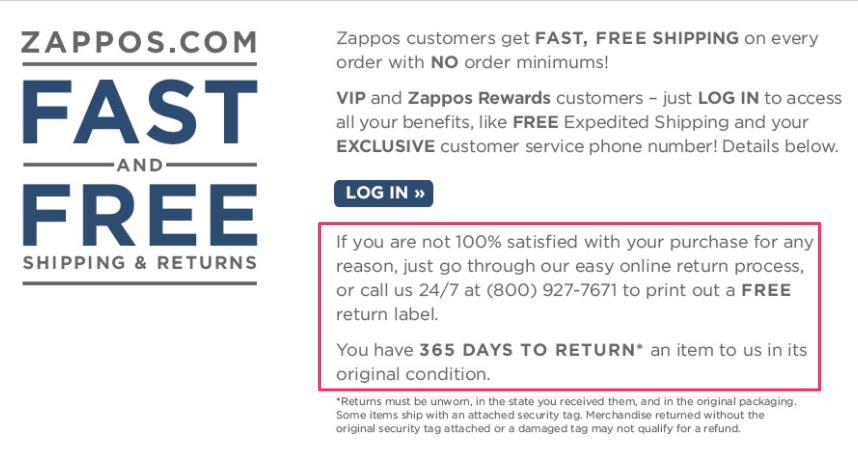
Though these type of policies are more common today than when the company started in 1999, the reputation that the company established continues to drive word of mouth (why else would blogs like this one still be talking about it years later?).
Your own policy will look different than Zappos’, but excellent customer support will pay off no matter what your industry. Here are some general principles of customer support to keep in mind:
- Empathize with the customers**.** When someone contacts you about a problem, they may be frustrated, confused, or even angry. The easiest way to put them at ease is to demonstrate empathy. Use phrases such as, "I understand how you feel. That’s very frustrating. I’ll do everything I can to help." For an practical introduction to empathy, check out this video from Brené Brown and the RSA.
- Listen to your customers. Don’t assume you understand your customer’s problem, and don’t jump to a solution. Listen to what they tell you, make sure they know you’re listening (empathize), and only then work toward a solution. Doing this avoids wasting time giving the wrong solution, and it also shows the customer that you care, that they’re not just another "support case".
- Make your contact information clear. Keeping with the Zappos example, have a look at their home page. Their support phone number and customer service links are located in a prominent position at the top of their site. There’s no doubt as to how to reach them. Whatever contact info you choose, make sure customers can find it with one glance at your website (you can also include it in all communications with customers, such as in the footer of your emails).
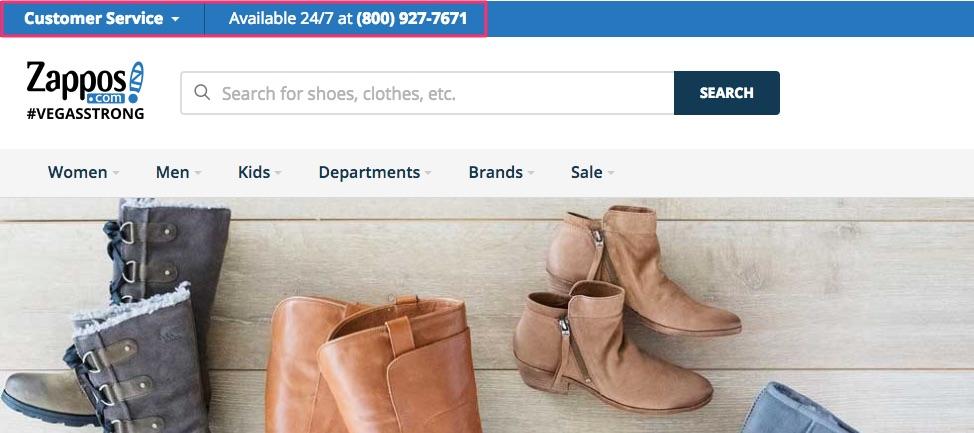
2. Connect with customers
Having 1,000 likes on your FB page is great, but how many of those fans are engaged? It's much better to have fewer, more engaged social media followers. Or, even better, a group of a dozen brand ambassadors that are super passionate about your company.
Whatever the case, you need to go beyond just getting traffic, likes, or shares. If you can truly connect with your customers, then they're going to spread the word. Take Denny’s, for example. The restaurant chain has a hilarious Twitter account:
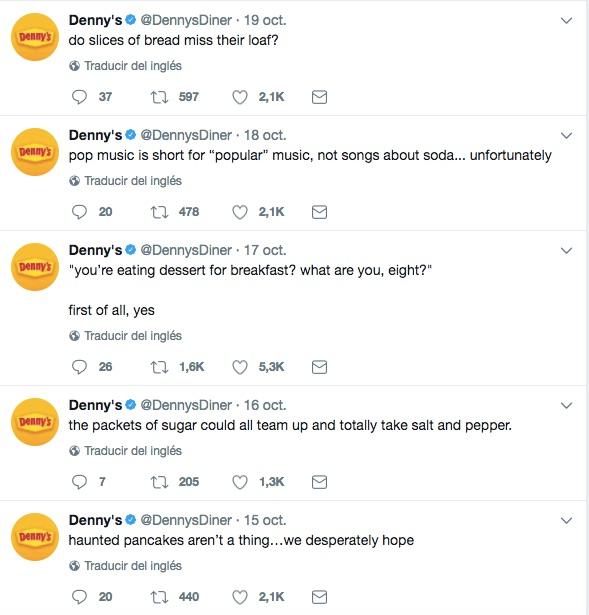
A lot of brands talk about "connecting with millennials" like they’re aliens, but Denny’s knows what they’re doing. And if you look at a typical set of responses, people are paying attention and engaging with the content. Denny’s is still a big brand, but tweeting with Denny's feels no different from Tweeting at a friend, family member, or internet celebrity.

Here are a few other tested and true tactics:
- Give customers a free gift. Whether it's a discount or free product on their birthday, a cool sticker included with each purchase, or even something as simple as a handwritten thank you note, these little gifts get people talking.
- Ask for feedback. Most people are more than happy to give you feedback, provided that a) It doesn't take up too much of their time and b) They can tell you're actually acting on it. People love to share their opinion, so why not let them share it with you and make them feel actively involved in the process of shaping their customer experience?
- Recruit beta testers.
This is a great way to further engage customers that are already excited about your company. And after all, who better to give you ideas for your next product or service than your existing customers? People love to feel part of something bigger than themselves, and being a beta tester lets them do just that.
3. Implement ethical affiliate programs
At first, affiliate programs can seem like they run counter to the whole idea behind WOMM. After all, if someone is getting paid to tell you about a product, how can you trust them?
But there needn’t be anything sketchy about using paid affiliate programs to spread the word about your product, so long as you're transparent about it. As long as your affiliate is being honest, your affiliate’s friend is not going to be against their buddy earning some money by recommending a product, especially if they get a cool discount too.
This is why working with influencers online, such as bloggers or Instagrammers, is very effective. An influencer is promoting a product to an audience that trusts them. As long as the blogger is transparent about your company’s sponsorship or affiliate relationship, that audience is not going to care if the blogger makes money. In fact, audiences tend to be supportive and happy they are able to compensate the influencer for their work. Companies like Patreon are built off an audience’s desire to see their beloved online creators be compensated.
To see an ethical affiliate program in action, have a look at Tortuga Backpacks. Here’s the company’s description of their affiliate program:
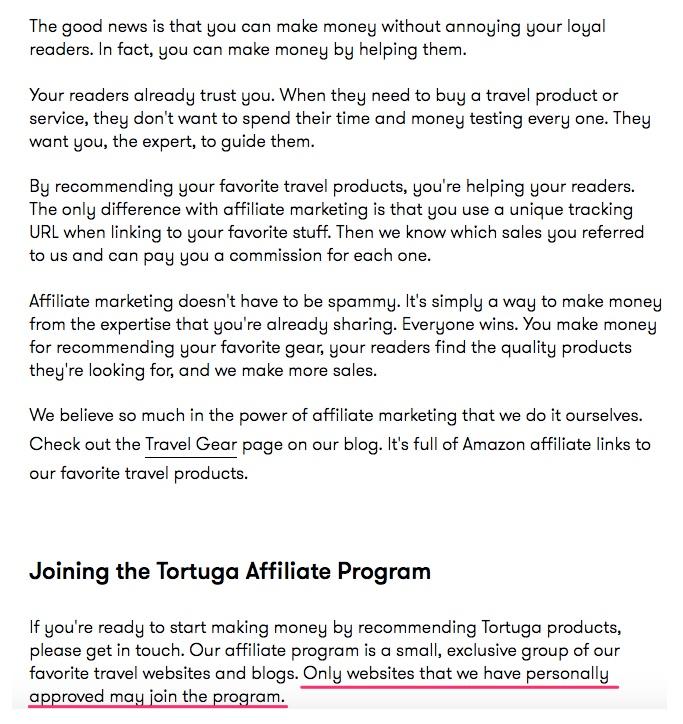
This is the sort of affiliate policy you should aim to create. The policy explains how Tortuga wants to help content creators recommend a useful product to their readers while making money. Everyone benefits.
Tortuga only works with websites that they personally approve. They vet their affiliates to ensure that spammy, unethical sites don’t dilute their brand. You should do the same with your affiliate programs.
Referrals from a crappy site may give you some short-term revenue boost, but in the long run they will hurt your brand’s reputation. Much better to only work with quality influencers.
Go forth and WOMM
If used ethically and effectively, WOMM can give a powerful boost to the awareness of your business. It generally costs a lot less other forms of paid marketing such as PPC, making it a perfect marketing tool for early-stage companies.
WOMM has credibility that goes beyond anything you say about your company. If you can get your customers to spread the word, you're going to be unstoppable.
If you're looking for other ways to inject social proof into your marketing, you should check out Fomo. Word on the street is it's pretty darn cool.




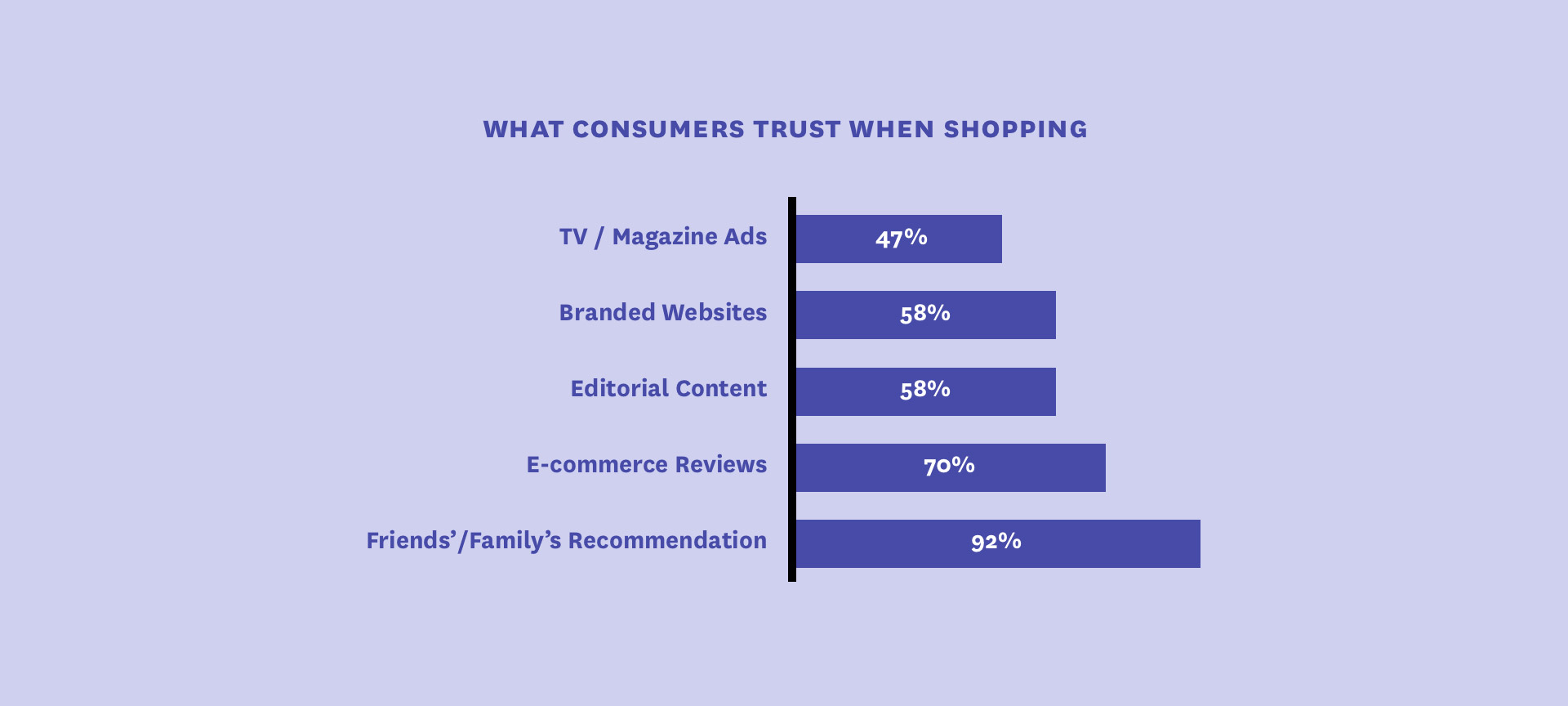
 1.svg)
 1.svg)
